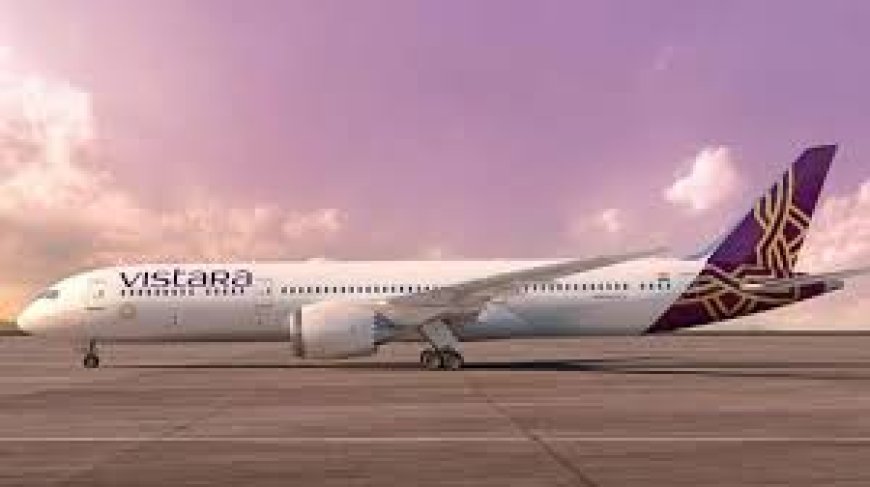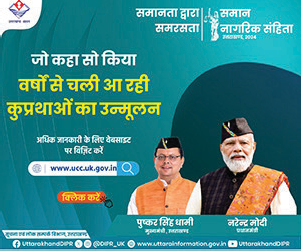In a historic moment for India’s aviation landscape, Vistara, the airline known for its exceptional service and premium offerings, operates its final flights today before merging with Air India. This merger, a strategic decision by the Tata Group, marks the end of an era for Vistara, which has been a key player in India’s aviation industry since its inception in 2015. The move brings two of India's aviation giants under one umbrella, shifting the country's airline landscape with Air India poised to become the sole full-service carrier in the country.
Vistara’s transition into Air India is part of a larger strategy by the Tata Group to consolidate its airline operations. While Singapore Airlines, which was a joint venture partner in Vistara, retains a 25.1% stake in the newly merged entity, Vistara’s operations will now be fully integrated into Air India. This decision is aimed at streamlining the group’s aviation business, providing a more cohesive and competitive offering in the market.
The merger promises to deliver a smoother, more streamlined service to passengers, ensuring that they continue to experience the "Vistara experience," albeit under the new Air India branding. For over 115,000 passengers who hold Vistara tickets for flights after today, this means a change in branding but not a compromise in service. Vistara flights will now operate under Air India's flight codes, beginning with '2'. For example, a flight once known as UK 955 will now be AI 2955.
To make this transition as seamless as possible for passengers, Vistara has set up dedicated help desks at airports, where customers can receive information about flight procedures, check-ins, and other important services. New signage will be displayed at international airports, guiding passengers to the correct check-in counters for Air India. The Vistara customer contact center will also now route inquiries to Air India's customer service, ensuring that passengers have all the support they need during this transition.
Loyalty program members will be transitioned to Air India's frequent flyer program, granting them access to a wider network of flights and additional benefits. Though the branding changes, the quality of service that passengers have come to expect from Vistara will largely remain unchanged.
Vistara was launched in January 2015 as a joint venture between the Tata Group (which held a 51% stake) and Singapore Airlines (owning 49%). The airline's inception was made possible by a policy change under the UPA administration, which allowed foreign airlines to hold up to 49% stakes in Indian airlines. This opened the door for partnerships such as Vistara and other new entrants into India’s aviation market.
In its relatively short journey, Vistara carved out a reputation as India’s only full-service airline to emerge in the past decade, bringing a much-needed premium flying experience to both domestic and international travellers. Its service standards quickly set a high bar in India’s competitive airline industry, with passengers praising its commitment to quality and comfort.
The merger with Air India is a significant milestone, but it also signals the closing of a chapter for Vistara. Since Vistara's launch, India’s airline industry has seen considerable changes, with several carriers, such as Kingfisher Airlines and Jet Airways, ceasing operations due to financial difficulties. Vistara's success, however, has been a beacon of hope for the Indian aviation industry, showing that premium service can thrive in an increasingly competitive market.
With the consolidation of Vistara into Air India, the Indian aviation sector is poised for a new era, where a single full-service airline will dominate the skies. As part of the Tata Group's broader strategy, this merger is expected to deliver a more robust and competitive airline network, both domestically and internationally.
Though the Vistara name will soon be a part of history, its legacy of quality and service will undoubtedly live on through Air India. Passengers can continue to enjoy a premium flying experience as the airline works to merge its operations and expand its reach, bringing new possibilities for India’s aviation future.




 Previous
Article
Previous
Article












